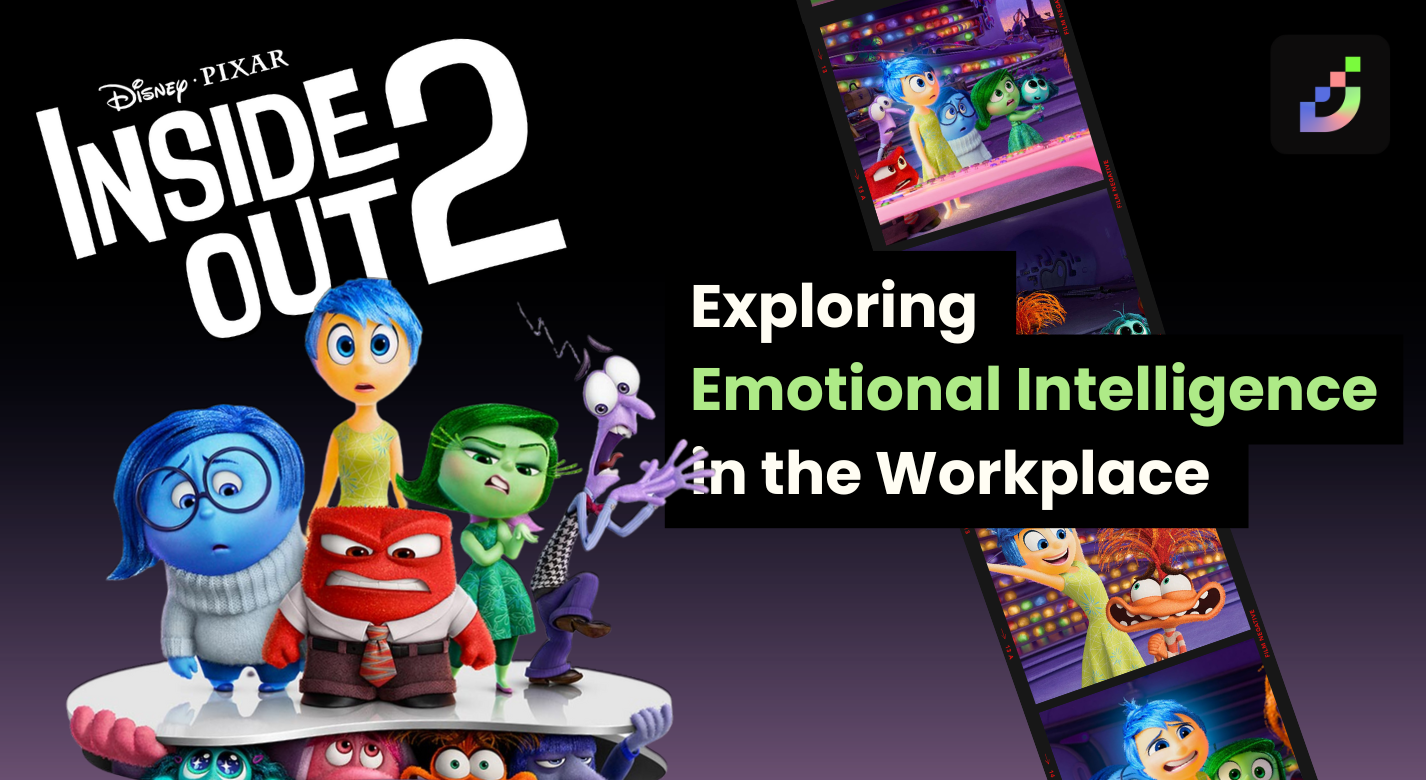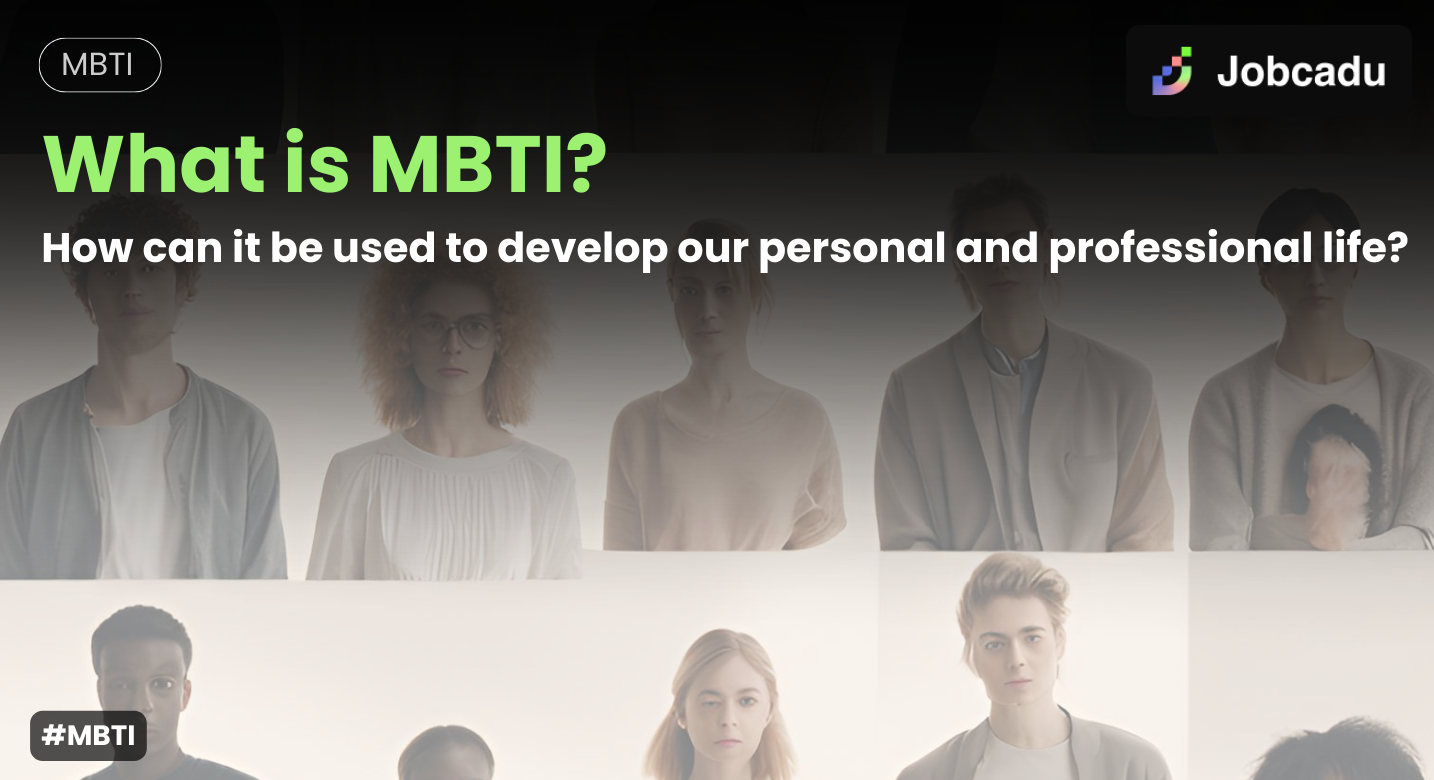
ESFJ (The Consul): The Warmhearted People Person
What Is an ESFJ? ESFJ stands for Extraverted (E), Sensing (S), Feeling (F), and Judging (J) — one of the 16 personality types identified by the Myers-Briggs Type Indicator (MBTI). Often called “The Consul” or “The Caregiver,” ESFJs are known for their warmth, helpfulness, and strong sense of responsibility. They genuinely care about others’ feelings and tend to create a friendly, harmonious atmosphere wherever they go — at work, at home, or in their community. Approximately 12% of the global population are ESFJs, making it one of the most common personality types — especially among women. Key Traits of ESFJs 1. Excellent People Skills ESFJs are social, approachable, and empathetic. They naturally connect with others and often notice when someone in the group feels down. 2. Attentive to Details and Others’ Needs They love taking care of people — remembering birthdays, organizing celebrations, or simply checking in when someone seems stressed. 3. Love Structure and Order ESFJs prefer clear plans, predictable systems, and organized workflows. They thrive in environments with defined roles and expectations. 4. Honest and Dependable When an ESFJ makes a commitment, they stick to it. They’re reliable and often go above and beyond to meet everyone’s expectations. 5. Value Appreciation They crave acknowledgement and encouragement. A simple “thank you” or kind word can truly motivate them to keep doing their best. Strengths of ESFJs at Work Create a Positive Work Environment – They make offices feel welcoming and lively by organizing team activities and ensuring everyone feels included. Great Team Players – They collaborate effectively, listen actively, and find compromises that keep the team happy. Detail-Oriented and Responsible – ESFJs double-check everything before submitting work — “good enough” isn’t good enough for them. Exceptional Customer Service – Their patience and empathy make them outstanding in client-facing roles. Respect for Rules and Structure – They follow company policies carefully and help maintain order within teams. Potential Challenges for ESFJs Struggle with Sudden Change – They prefer stability and may feel stressed when plans shift unexpectedly. Take Criticism Personally – Because they care deeply about others’ opinions, even constructive feedback can hurt. Overly Concerned with Others’ Approval – They want everyone to be happy, sometimes at the cost of their own needs. Difficulty Saying No – Their desire to please may lead to overcommitment and burnout. Overly Practical – They can be hesitant to experiment or think outside the box if a process already “works.” Best Career Paths for ESFJs ESFJs excel in roles that allow them to help others, work collaboratively, and use their interpersonal skills. Healthcare & Caregiving Nurse / Nursing Assistant Physical Therapist / Occupational Therapist Pharmacist Elderly or Child Caregiver Business & Management HR Specialist / Human Resources Manager Event Planner / Coordinator Customer Success Manager Office Manager Education & Training Teacher (especially elementary or high school) School Counselor Coach / Corporate Trainer Sales & Service Sales Consultant Customer Service Representative Receptionist Real Estate Agent Community & Social Work Social Worker Community Development Officer Fundraiser Public Relations Officer How to Work with an ESFJ For Managers Show appreciation regularly – They thrive on recognition. Provide clear plans and structure – Avoid sudden changes when possible. Use gentle feedback – Start with positives before discussing areas for improvement. Encourage teamwork – ESFJs shine when surrounded by supportive colleagues. For Teammates Listen actively – Make them feel heard and valued. Express gratitude – Simple praise can mean a lot to them. Avoid public criticism – Give feedback privately and respectfully. For ESFJs Themselves Learn to say no – You can’t make everyone happy all the time. Embrace feedback – Criticism isn’t rejection; it’s growth. Take care of yourself – Self-care is as important as caring for others. Be open to new experiences – Flexibility can lead to exciting discoveries. MBTI Types Compatible with ESFJ Best matches: ISFP, INFP, ESFP, ESTJ – Naturally empathetic and emotionally in tune. INTP, ISTP – Though opposite, they balance each other well with mutual understanding. Challenging matches: INTJ, ENTJ – More logic-driven and efficiency-focused, which can clash with ESFJs’ emotional nature. (But with honest communication and mutual respect, even these pairs can thrive.) ESFJs are the heart of every team and organization — warm, responsible, and deeply committed to others’ well-being. They bring harmony, structure, and a genuine sense of care to every environment they’re in. While they may struggle with saying no or handling criticism, once they learn to balance giving and receiving, they become truly inspiring leaders and teammates. Curious which personality type you are? Take the MBTI test on Jobcadu to discover your strengths and find a career that truly fits your personality. Start exploring your dream job today!










